
You'll want to come dressed to impressed because the Mad Hatter has made a visit to the Legion of Honor. Just in case Urs Fischer accidentally shocked your hat off while you were perusing the Legion’s classic collection, you should head downstairs to the Degas, Impressionism, and the Paris Millinery Trade exhibition to check out some worthy replacements. (And then realize just how inferior your hat is in comparison.)
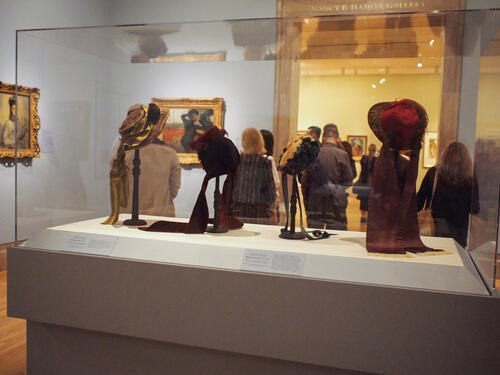
On view through September 24, 2017, this exhibition brings hats and the artwork they inspired together for the first time. It features more than forty paintings and pastels by Edgar Degas and his peers and about forty fine specimens of hats.
If Degas and hat don’t seem to belong together, this show aims to change how you see not only the painter, but also the snapback’s Victorian ancestor.
To 19th century Parisians, the hat could transform any outfit from blah to wow. No one left home without it. Parisians treated hats the same way that we treat technology today, as pretty in-your-face symbols of status and wealth.
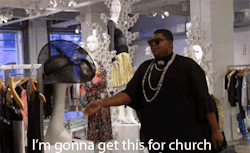
Unlike Pop Art, the show refrains from making any negative comments on people’s long-held obsession with objects. Instead, it distances the must-have items from the grabby-hands of customers by labeling them as bona-fide works of art.
Which doesn’t really stop you from wanting to buy one. We at Sartle couldn’t leave without trying some sick lids on for ourselves (for research purposes, of course).

In the 1800s, though, hats could empty a wallet faster than Whole Foods. They cost upwards of 100 francs, when the average daily wage ranged from 2 to 4 francs. Yeah, these babies could get expensive.

The exhausting level of craftsmanship required for each hat, though, led artists like Degas, Mary Cassatt, and Pierre-August Renoir to think of milliners as partners in crime. Because those who overwork together, stay together.
The exhibition has six different rooms covering six different hat topics. The layout remains consistent throughout: paintings on the walls and, a few feet back, free-standing display cases with hats similar to their 2D counterparts.
One case even holds a doll, which helped introduce children to the importance of hats, provide entertainment, and educate them on proper social behavior.
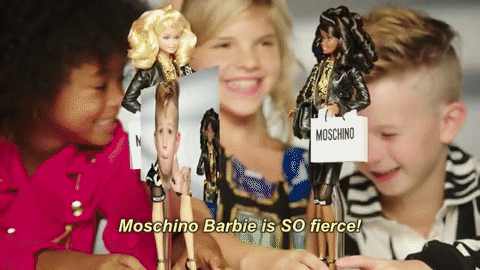
Do make sure you check out Edouard Manet’s At the Milliner’s, whose subject and title are a bit confusing because no one in their right mind would possibly go to a hat shop in such a discomposed state of dress. Some people think that, due to the milliner’s wage being too low for most, the woman here has resorted to a secondary, more discreet means of income. We’ll leave a hint here as to what that is.
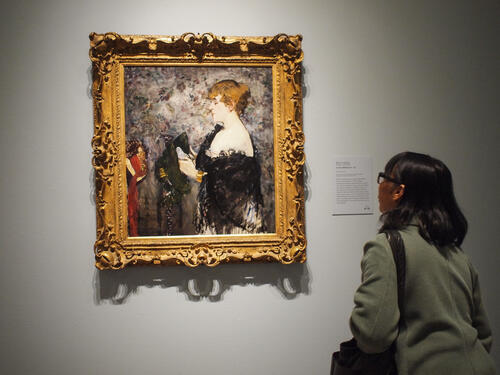
Skin-ship aside, painters really did respect the milliners as self-made business queens. Take the kingpin of the exhibition, Degas’s The Milliner’s Shop.
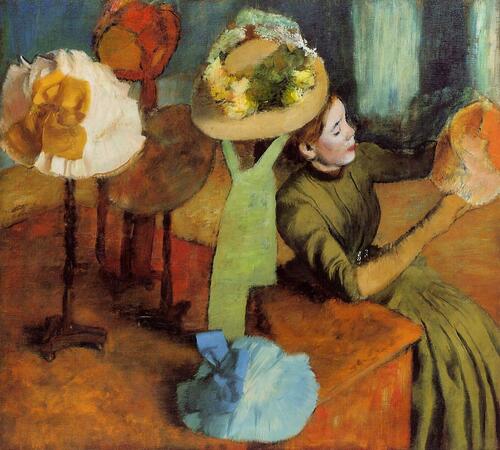
Like several other Degas paintings that you’ll find as you progress through the show, X-ray vision shows that Degas has not only simplified a lot of details but also changed the central figure from a rich customer to a hardworking hat-maker.
Compare that to his painting at the end of the show, The Milliners, in which he’s simplified the workers even more to capture their utter exhaustion.
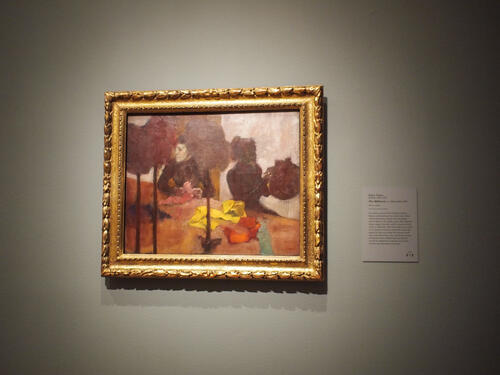
Renoir, too, loved hats so much that, even after people told him bare-headed girls portraits would sell better, he kept them painted in Young Girls Looking at an Album. He also designed a hat himself, but we don’t see that in the exhibition.
What we do see are hats ranging in materials from wool to flowers to feathers. We see velvet, folded as neatly as origami; we see artificial flowers, which people ended up dunking in water because they thought we were real.
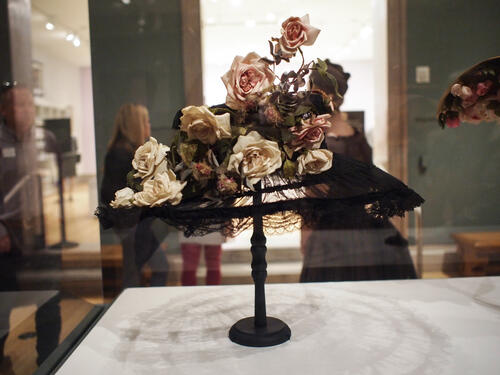
And lastly, we see a gorgeous collection of feathered hats, some with just a few feathers and some with the whole dang bird stuck right on top. This was done more out of a rising interest in natural history than aviary necromania, thankfully. Though the demand for said feathers resulted in a huge decline in the the bird population with approximately five million birds being slaughterd by 1900.
We don't want to spoil the rest of the goodies for you. So go check out the show ASAP! Make sure to dedicate as much time to the paintings as you do to the hats; the details in both collections merit a close look or two. Then, when you're done, grab an exhibition catalog; it's got lots of juicy tidbits on the history of the Bad Hair Day.
By Claudia Li









